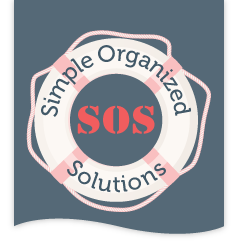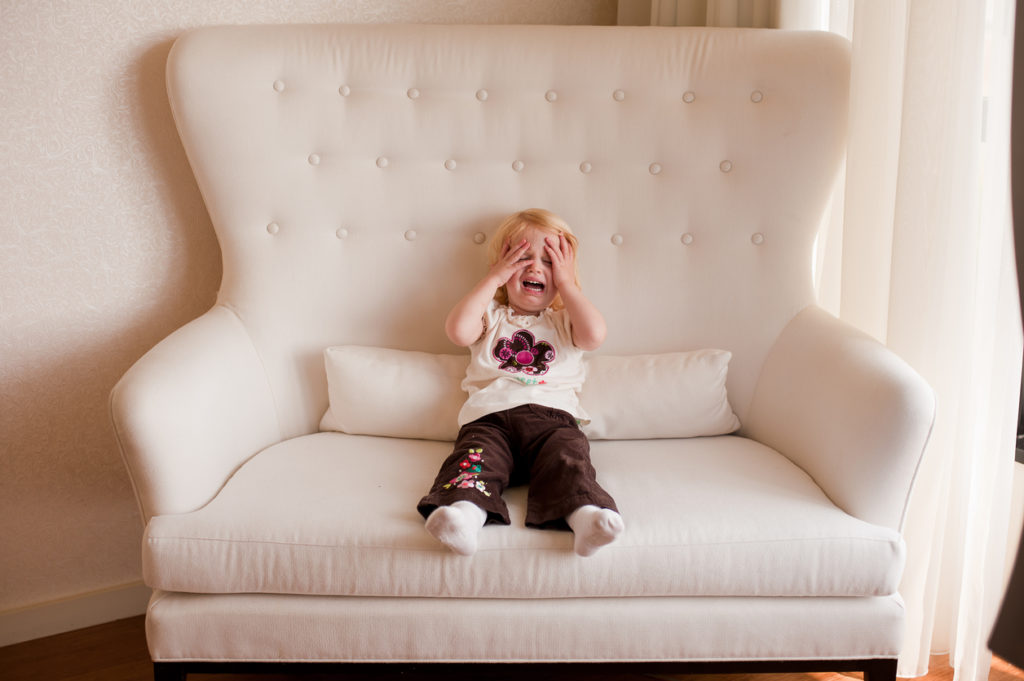 The first step in the organizing process is to sort items into broad categories that make sense to you. A category contains like items. This can be challenging for some, for various reasons. Everyone is different, so the key to get started on this first step depends on your individual way of thinking.
The first step in the organizing process is to sort items into broad categories that make sense to you. A category contains like items. This can be challenging for some, for various reasons. Everyone is different, so the key to get started on this first step depends on your individual way of thinking.
You may be overwhelmed by the amount of your clutter, and that doesn’t help. If you have ADHD, you may overthink this task by being too specific, then become overwhelmed and just stop. The state of overwhelm can sometimes cause paralysis in making decisions. If that happens, I encourage you to use your coping mechanisms to relax your mind. Clear thinking will put you back on track for making decisions.
Notice I mentioned sorting into broad categories? Some examples of broad categories are shown below. You may find others not shown here. This is just to get you started identifying items in your home.
Broad Categories:
- Paperwork
- Food products
- Personal care items
- Lawncare
- Sports equipment
- Clothes
Here’s an exercise that may help to get you started. Focus on a small area or room, look around this area and identify the categories it contains. Bathrooms are typically small rooms, so that may be a good example. Look around, what do you see? Your bathroom may contain the following items:
- Personal care items such as toilet paper, soap, shampoo, lotions, makeup
- Towels
- Bed linens
- First aid supplies
- Medications
It’s important to understand the term categories and how it pertains to the organizing process. This first step allows you to put like with like in their respective categories.
This first step in the organizing process segues into the next step, which is to purge the excess. When you put like with like, it allows you see how many items you own in that category and should make it easier to decide which items to keep or discard.
As you move along the organizing process, creating categories makes it easier to assign homes for all of your things. When you assign a home for all of your things, you know where they live and are more likely to return them to their homes to avoid clutter and live in an organized environment.


